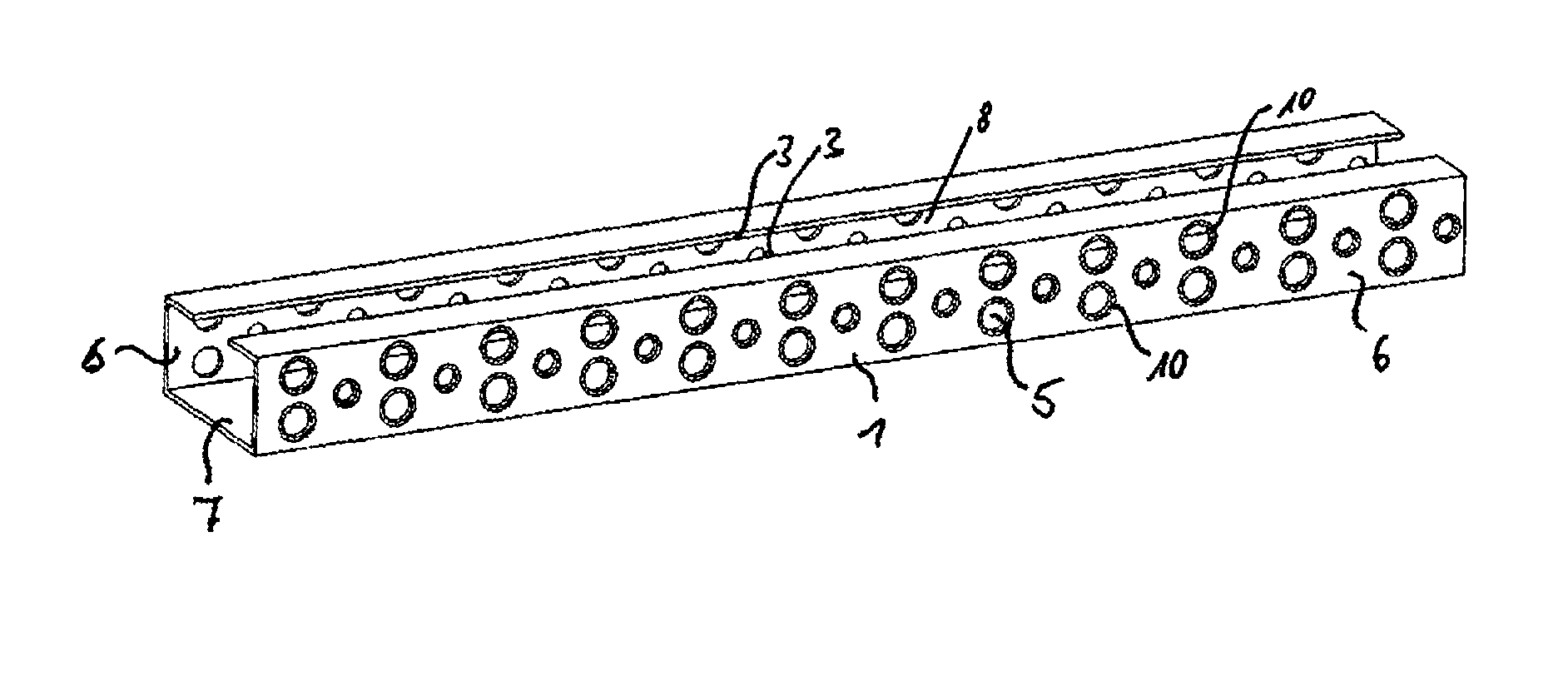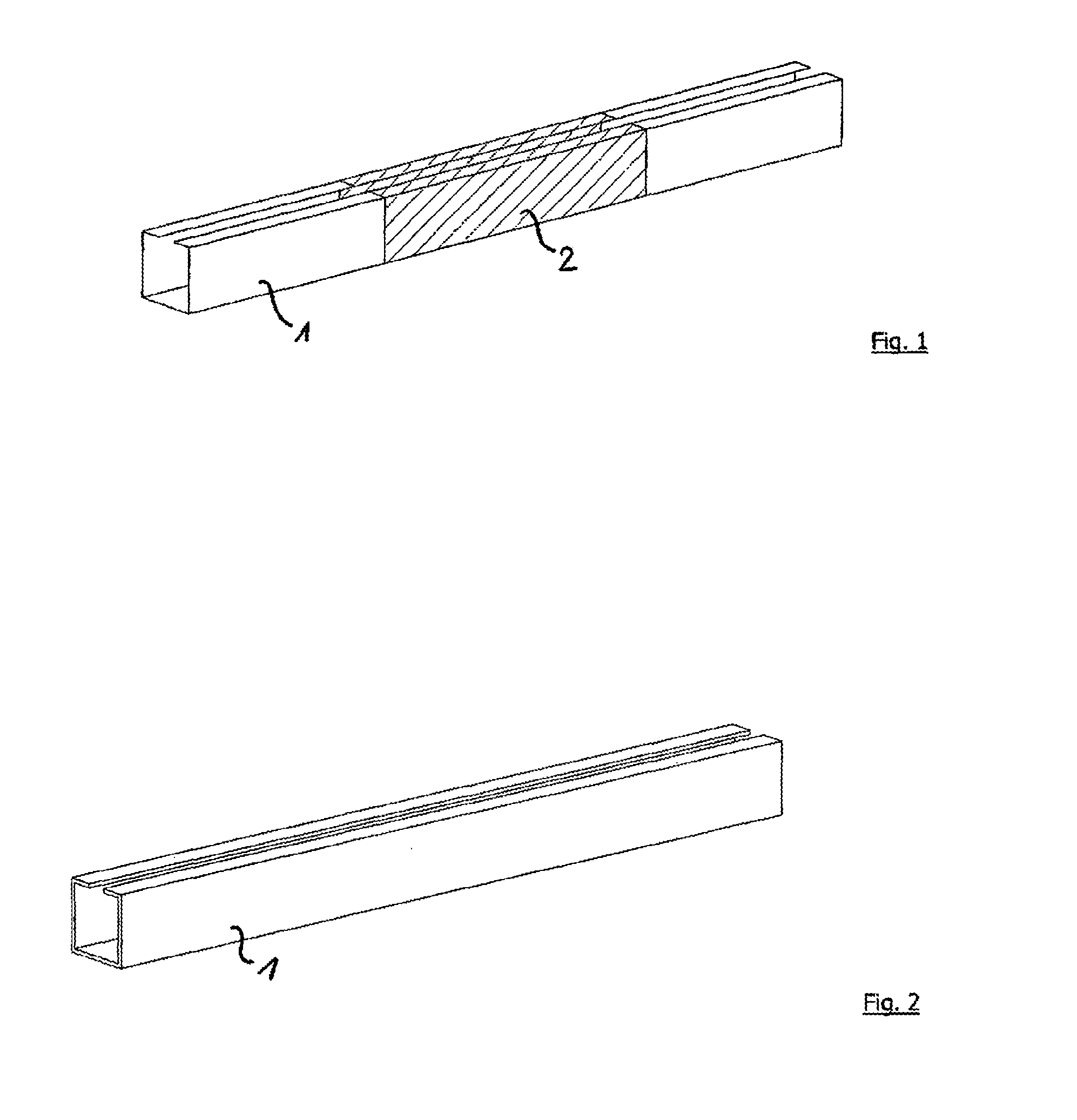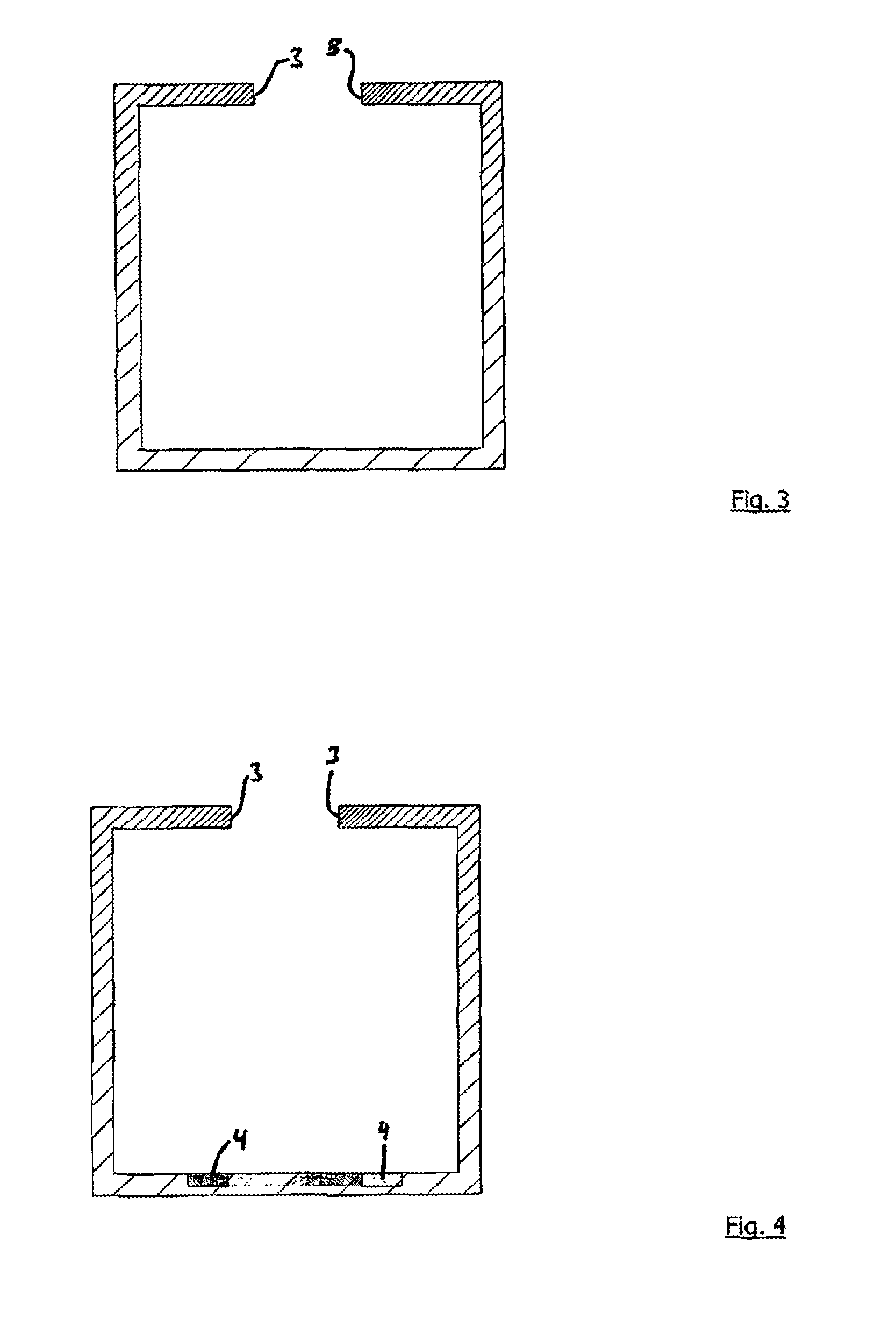Method and device for hardening profiles
a technology of hardening profiles and profiles, which is applied in the field of methods and devices for hardening profiles, can solve the problems of undefined hardness areas, sudden transitions between individual areas, and high sheet prices, and achieves easy adjustment of stability and weight of components, high hardness, and easy distribution of hardness
- Summary
- Abstract
- Description
- Claims
- Application Information
AI Technical Summary
Benefits of technology
Problems solved by technology
Method used
Image
Examples
Embodiment Construction
[0081]The method according to the invention provides to first produce profiles 1 from a hardenable steel alloy into an, in particular, open profile cross section 1, for example by means of roll-profiling, and to then harden it. Hardening in at least partial areas of such profiles in this case is generally carried out by eddy currents being induced in the steel material by means of induction, said eddy currents immediately causing the steel material to be heated strongly. In order to effect hardening, this steel material has to be heated by induction at least in partial areas to a temperature above the so-called austenitizing temperature. If such an austenitized steel material is cooled off at a rate above the so-called critical hardening rate, the crystal lattice forms in a special way, or special metal phases, which cause the hardening, form in a special way. In principle, as is also known from the prior art, only certain areas 2 (FIG. 1) or also the entire profile can be hardened ...
PUM
| Property | Measurement | Unit |
|---|---|---|
| temperature | aaaaa | aaaaa |
| temperature | aaaaa | aaaaa |
| temperature | aaaaa | aaaaa |
Abstract
Description
Claims
Application Information
 Login to View More
Login to View More - R&D
- Intellectual Property
- Life Sciences
- Materials
- Tech Scout
- Unparalleled Data Quality
- Higher Quality Content
- 60% Fewer Hallucinations
Browse by: Latest US Patents, China's latest patents, Technical Efficacy Thesaurus, Application Domain, Technology Topic, Popular Technical Reports.
© 2025 PatSnap. All rights reserved.Legal|Privacy policy|Modern Slavery Act Transparency Statement|Sitemap|About US| Contact US: help@patsnap.com



